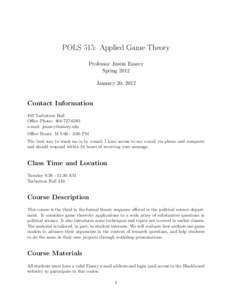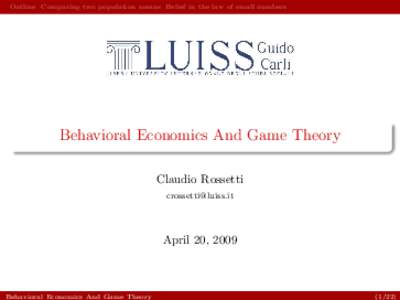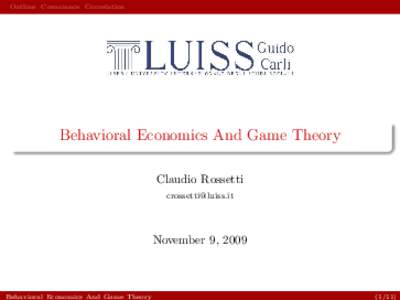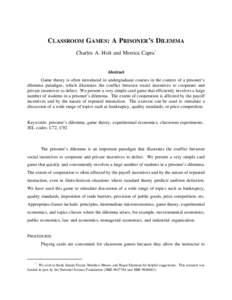<--- Back to Details
| First Page | Document Content | |
|---|---|---|
 Date: 2012-04-11 20:49:32Investment Economics Institutional investors Bonus-malus Game theory Life insurance Co-insurance Pareto efficiency Insurance Financial economics Financial institutions |
Add to Reading List |
 OPTIMAL INSURANCE COVERAGE UNDER BONUS-MALUS CONTRACTS
OPTIMAL INSURANCE COVERAGE UNDER BONUS-MALUS CONTRACTS



